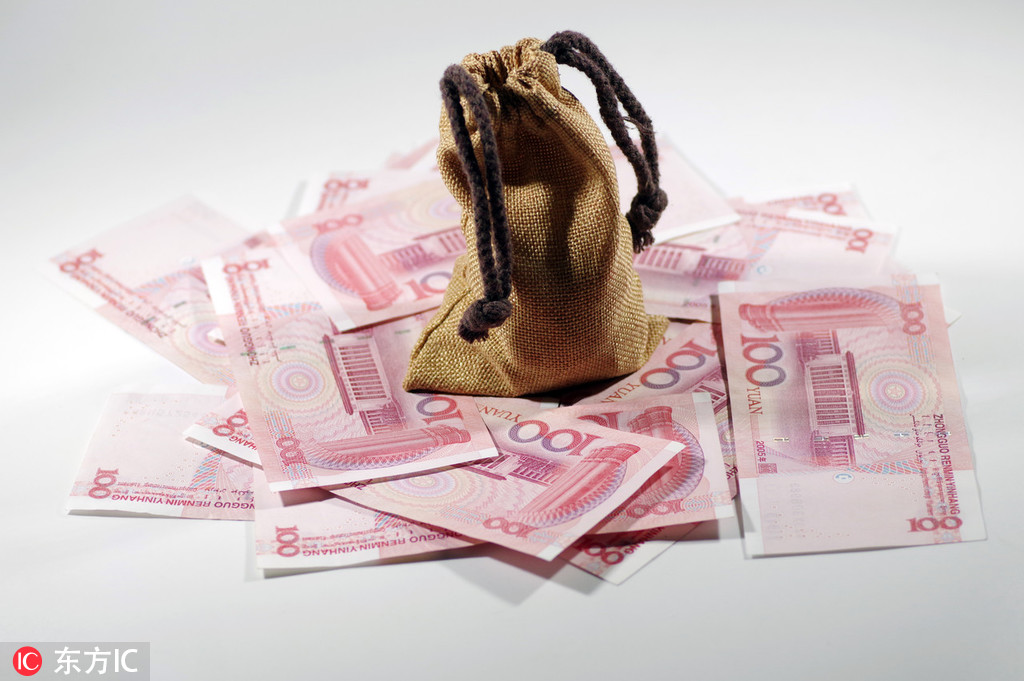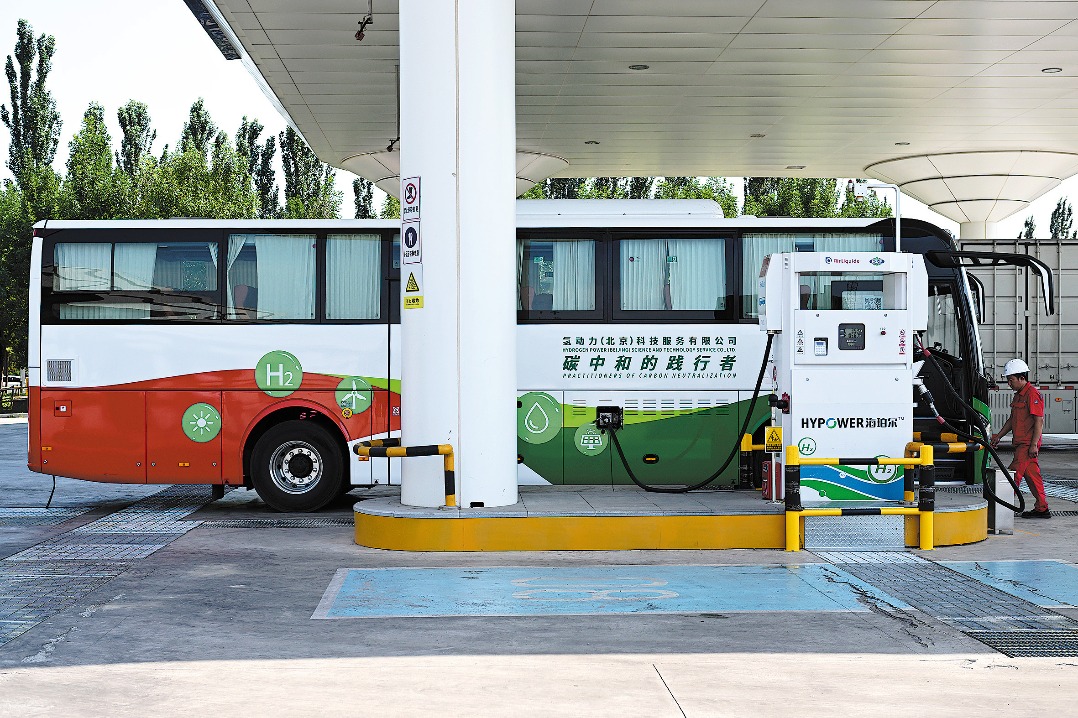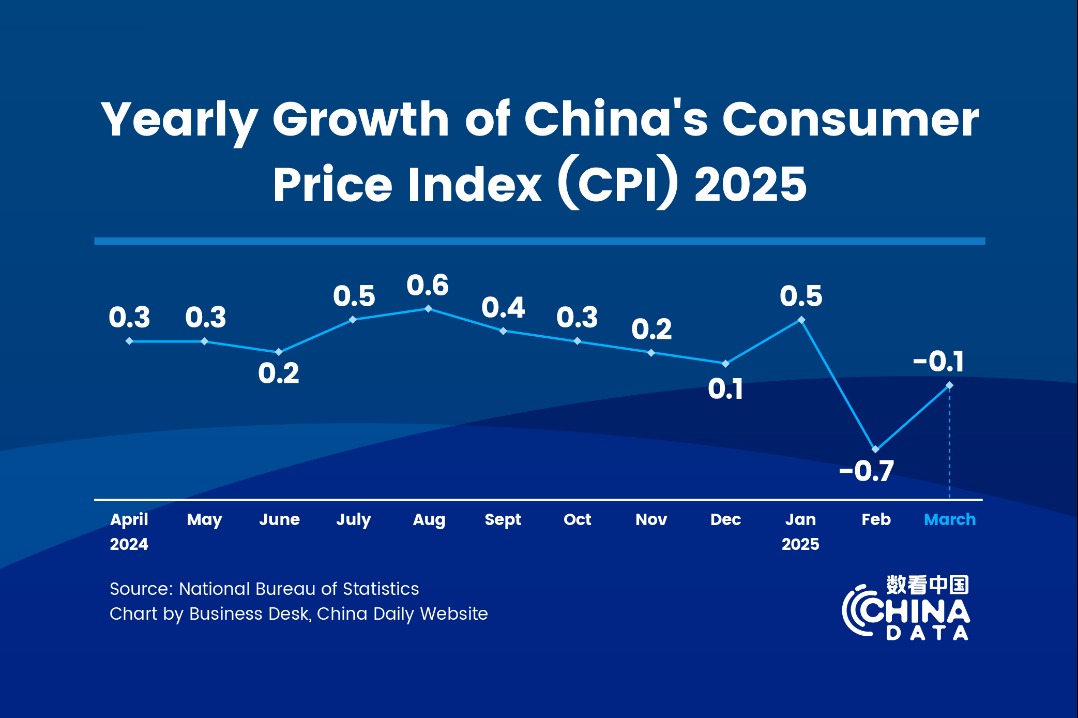Regulators aim to reduce financial risks


Commission to make rules governing asset quality in 'closing year of battle'
Regulators are determined to deal with high-risk financial institutions and continue to dismantle shadow banking, the China Banking and Insurance Regulatory Commission said on Saturday.
At its recent annual work conference, the commission highlighted the importance of comprehensively strengthening the regulation of asset quality and the liabilities of financial institutions in the banking and insurance sectors.
The commission, China's top banking and insurance regulator, said it will formulate detailed rules to improve the accuracy of asset classification based on the current five-category system that organizes bank loans according to their inherent risks. The categories are pass, special-mention, substandard, doubtful and loss.
It will also comprehensively strengthen regulation of assets and liabilities' quality to improve the liability status of banks and insurers, especially small and medium-sized financial institutions.
"The year 2020 is the closing year of a tough battle against financial risks," said Zeng Gang, deputy director-general of the National Institution for Finance and Development. "Preventing and resolving financial risks remains the primary task of the regulator."
As banking business innovations continue to increase, non-credit obligation assets now account for a fairly large proportion of banks' total assets. As a result, the previous methods of asset quality classification, which mainly aim to disclose nonperforming loans, no longer describe the current features of bank assets.
"To obtain a true risk profile in the banking sector, the regulator decided to expand the scope of bank assets covered by the asset quality classification system, from loans to total financial assets," Zeng said.
"China must also adjust the previous five-category system to adapt to changes in international financial regulations and accounting standards, as well as to enhance the accuracy of asset quality classification."
The regulator said it will guide financial institutions to allocate more funds to key areas and weak links in the Chinese economy and to enhance the quality and effect of finance in serving the real economy, the portion that produces goods and services.
It urged commercial banks to further cut financing costs for small businesses — to which banks grant a total credit line of up to 10 million yuan ($1.45 million) for each borrower — by 0.5 percentage points, in addition to asking China's five largest commercial banks to increase their offerings of these types of loans by more than 20 percent this year over 2019.
Lian Ping, president of the China Chief Economist Forum, said that compared with large State-owned companies, small private businesses are under greater economic pressure, so lowering financing costs for small businesses is an important measure to improve their financial condition.
It is necessary for the regulator to mobilize financial institutions to play a larger part in this respect, he said, adding that the five largest commercial banks should play a core role.
But Lian said that to achieve the goal of reducing financing costs of small businesses, simply relying on the five largest commercial banks is not enough.
"China should launch a series of targeted policies to encourage small and medium-sized banks, credit unions and emerging financial institutions such as village banks to play a greater role in serving small businesses. It's the main duty of these types of financial institutions to serve small businesses and private companies. The regulator should also allow more small and medium-sized financial institutions that meet compliance requirements to grow," Lian said.
He asked the regulator to notice that small and medium-sized banks may lose high-quality small, private corporate clients to large banks, as the latter are urged to increase small business lending. This change in market structure must be handled well, he said.




































